 |
Fire Origin and Cause – Basic |
2.00 |
This course is an introductory level course that defines fire cause and origin investigation and arson awareness. This course explains fire origin, cause, and arson and a description of common fire causes. Fire cause classifications are defined, and arson motives are described. Signs of arson are identified, and methods for evidence preservation are outlined. The course is evaluated with a final exam that requires a passing score of 80%. The clock time for this course is approximately 2-hour. |
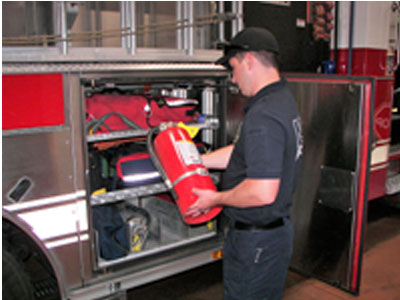 |
Fire Extinguishers (NYS03) |
1.00 |
This lesson reviews the identification, selection, and use of different types of fire extinguishers. The lesson begins with a review of the basic science of fire. The classifications are defined and described and the extinguishers that meet those classifications are identified. Fire extinguisher maintenance is described and reviewed. Finally, the PASS method of fire extinguisher operation is defined and described. |
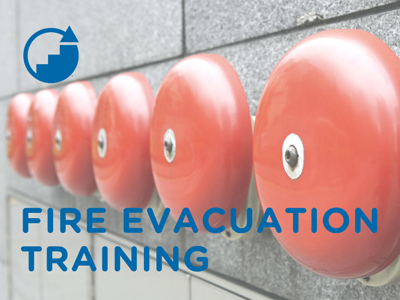 |
Fire Evacuation Training |
0.33 |
This course covers proper fire safety techniques to help keep you and your customers safe. It also covers the key elements to remember during a fire evacuation.
|
 |
Fire Behavior Basics (NYS02) |
1.00 |
This lesson introduces the basic chemistry and physics of fire behavior. The lesson defines combustion, reviews the fire triangle and components of the fire tetrahedron. The stages of fire develop and accompanying characteristics are discussed with a focus on heat transfer and how it plays a part in fire develop. The lesson is evaluated using a brief quiz covering the material included in the lesson. |
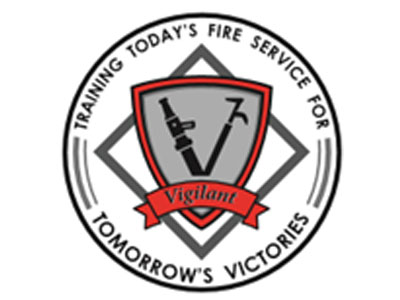 |
Fire Behavior Basics #401 (Instructor Guide) |
1.00 |
This is the Instructor Guide for Lesson #401 Fire Behavior Basics. This instructor guide provides the instructor with lesson background, key points and delivery methods. Required lesson materials including lesson plan, presentation, and evaluation quiz with answer key. Included in this guide is an explanation video of the presentation that describes each slide of the lesson. |
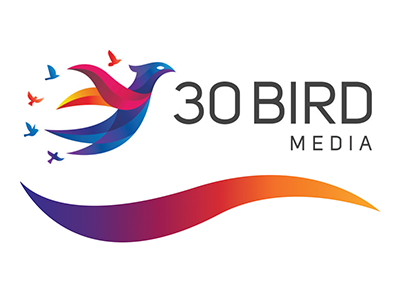 |
Federal Risk Management Framework (RMF) Implementation 2022 |
24.00 |
Federal Risk Management Framework (RMF) Implementation 2022 focuses on the Risk Management Framework prescribed by NIST Standards. This course is current as of February 2022. It was revised due to NIST producing new and updated publications over the preceding two years, including NIST Special Publication (SP) 800-37, R2; SP-800-53, R5; SP 800-160, versions 1 and 2; and SP 800-171, R1 (among others). |
 |
Family-Teacher Relationships (CDA 4) |
2.00 |
How do you view the families of the children in your classroom? If you were to generate a list of words to describe families, what kinds of positive and negative feelings would they convey?
When we see ourselves as partners with the families we serve, the quality of care and nurturing children receive is greatly enhanced. Establishing such partnerships and building relationships is our responsibility. Communication strategies, such as practicing active listening, are key to this process. In this course, participants will describe the importance and benefits of establishing meaningful relationships with families and identify strategies for establishing meaningful relationships.
This course is designed to be part of a Child Development Associate (CDA) Credential™ curriculum. It covers CDA Subject Area 4: Strategies to Establish Productive Relationships with Families. This course can also be taken as a stand-alone learning event, or as part of a broader early childhood education curriculum. |
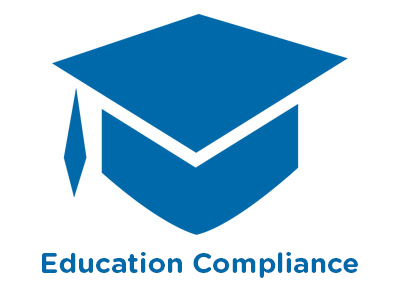 |
Family Educational Rights and Privacy Act (FERPA) Training |
1.00 |
The Family Educational Rights and Privacy Act, often referred to as FERPA, is a federal statute that provides students with control over the disclosure of and access to their educational records. FERPA applies to all educational records maintained by institutions that receive federal funding. This extends to grades, disciplinary actions, and other school information directly related to a particular student that FERPA has designated as worthy of privacy protection.
In this course, you will:
Identify what FERPA is.
Explore how educational records can be disclosed, accessed, and amended under FERPA guidelines.
Become familiar with the privacy and accountability goals that FERPA promotes.
Discover the characteristics of personally identifiable information (PII).
Clarify our expectations for enforcing FERPA violations.
|
 |
Family Educational Rights and Privacy Act (FERPA) for K-12 Institutions |
1.00 |
Welcome to the Family Educational Rights and Privacy Act (FERPA) for K-12 Institutions.
In this course, you will:
Identify what FERPA is.
Explore how educational records can be disclosed, accessed, and amended under FERPA guidelines.
Become familiar with the privacy and accountability goals that FERPA promotes.
Discover the characteristics of personally identifiable information (PII).
Clarify our expectations for enforcing FERPA violations. |
 |
Falls in Construction |
1.50 |
This course is in English. We also have a version of this course in Spanish. In this course, you will watch videos on various types of falls that can occur while working in construction. You will learn about floor openings, fixed scaffolds, bridge decking, reroofing, skylights, and leading-edge work. |











